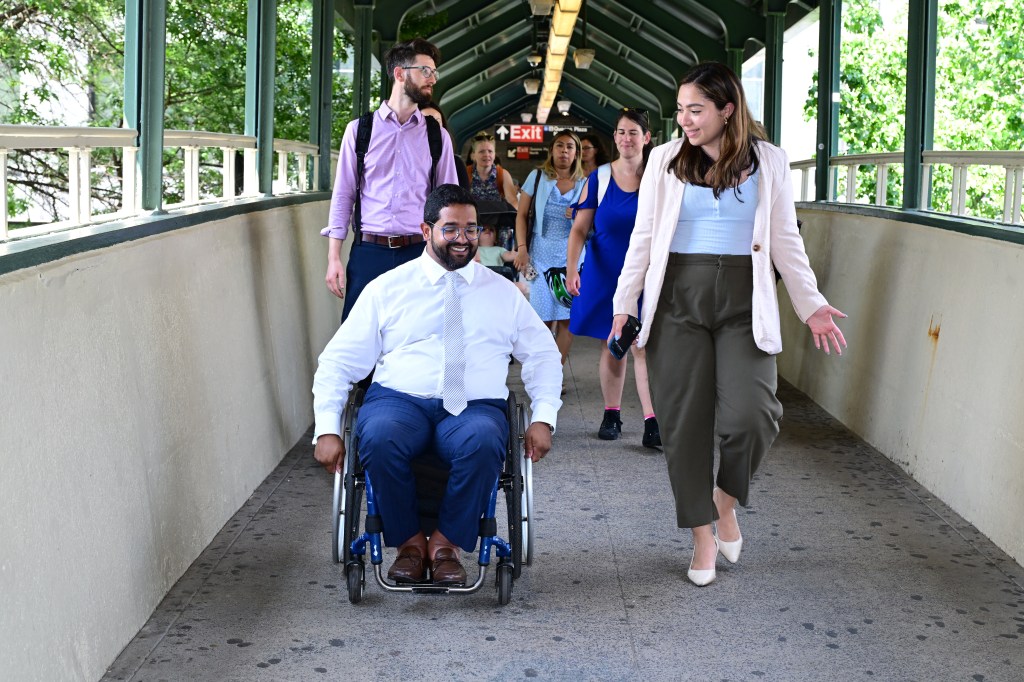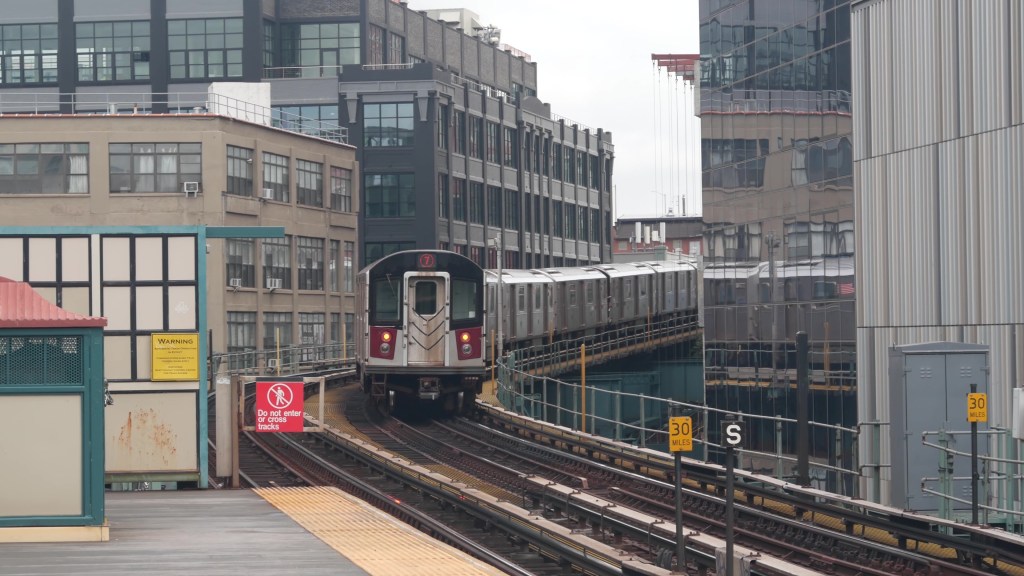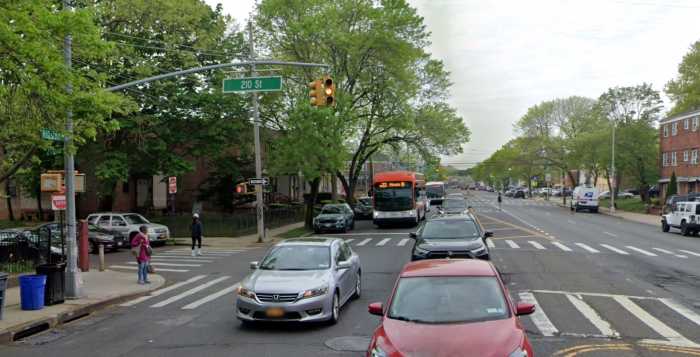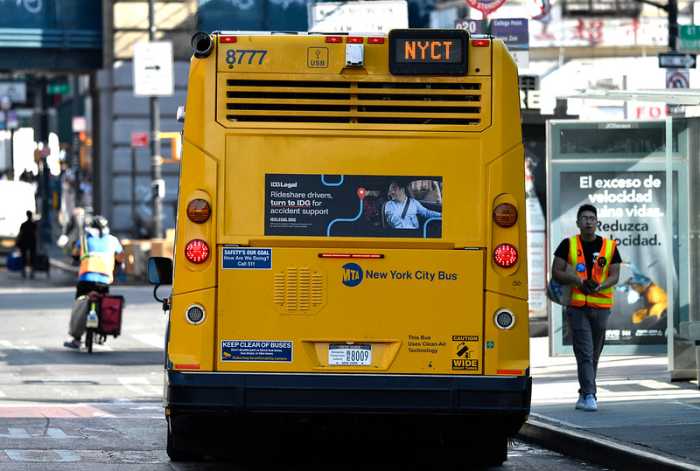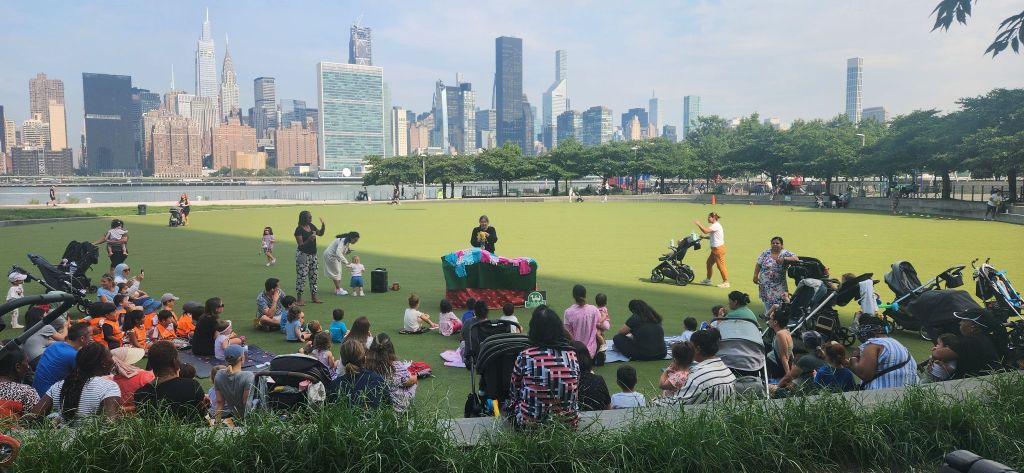By Bill Parry
It is time for the city to expand its NYC Ferry service to northeast Queens, according to City Councilman Paul Vallone (D-Bayside), who started a social media campaign urging his constituents to get involved.
The city’s Economic Development Corporation will begin a new feasibility study to examine sites for possible future landings for new routes and public opinion will be factored into its decision.
“While the city has announced and moved forward with expansion of existing ferry service, transportation deserts like Northeast Queens continue to be overlooked,” Vallone said. “I having advocated for a Willets Point Ferry and also supported studying Northeast Queens’ shoreline for other feasible locations due to the demand from local communities, economic opportunities and the lack of transportation alternatives.”
The EDC put a form online eliciting public feedback, adding suggested locations must be received on or before Monday, Oct. 15. NYC Ferry is currently comprised of six routes — Rockaway, East River, Astoria, South Brooklyn, Soundview and the Lower East Side — and carries nearly 18,000 riders on an average weekday, and nearly 28,000 per weekend day.
“NYC Ferry’s success in just two years has been extraordinary,” NYCEDC President and CEO James Patchett said. “We’re incredibly proud to have launched six routes and have served 6.5 million riders since the system launched in May 2017. We’re slashing commute times, connecting residents to major job centers, and reuniting New Yorkers with their waterfront and helping them discover new neighborhoods. We look forward to exploring ways to bring ferry service to more communities.”
Revised ridership analysis projects that NYC Ferry’s ridership could grow to as many as nine million annual passengers by 2023, twice as many passengers as initially projected.
Meanwhile, City Councilman Eric Ulrich (R-Ozone Park) is calling on the EDC to offer students free and reduced NYC Ferry fares. In a letter penned to Patchett, Ulrich urged the city agency to adopt a student discount program modeled after the MTA. Currently, only seniors and people with disabilities are eligible to receive reduced fares.
In the letter, dated Sept. 21, Ulrich points out that because the ferry system is not integrated with the MTA, families with students who rely on both ferry and MTA services to get to and from school wind up paying for two separate fares.
“New York City public schools are open 180 days per year. Families with students who currently depend on both NYC Ferry and MTA service are spending $990 more annually than those who rely solely on MTA service,” Ulrich wrote. “Oftentimes, the added financial burden deters students from utilizing the more efficient ferry service, adding an additional hour to their commute to save money.”
Nearly 30 percent of all New York City students are living below the poverty line, Ulrich added.
“Low-income families have greatly benefited from the MTA’s program, which provides more than half-a-million students with free or discounted MetroCard rides during specific hours on weekdays,” he said. “I wholeheartedly believe that students who use NYC Ferry to get to and from school deserve a similar free/reduced fare program.”
Reach reporter Bill Parry by e-mail at bparr


